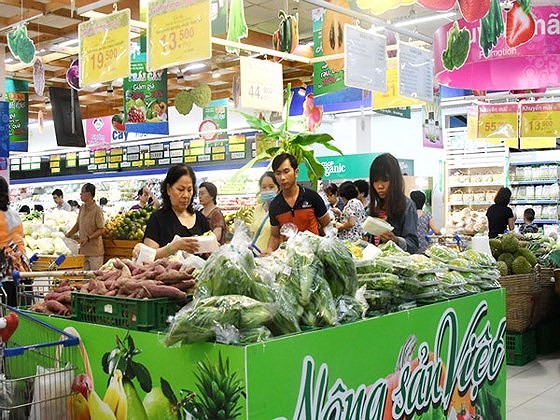
The plan has been approved and released under the decision No. 1891/QD-UBND on May 8, 2018 by the municipal People’s Committee.
Accordingly, the HCMC trade sector will focus on four key issues including export, logistics, exhibition and fair, wholesale and retail.
The average annual growth rate for total retail sale and consumer services is expected to reach 8.55-11.53 percent per from now until 2020; 10.89-14.02 percent from 2021-2025; 6.82-9.06 percent from 2026-2030.
The total retail sales of supermarkets and shopping malls are also expected to gain at least 40 percent in 2020, 50 percent in 2025 and 60 percent in 2030.
According to Deputy director of the municipal Department of Trade and Industry, Nguyen Huynh Trang, the HCMC government defines that logistics will play a significant role in creating stableness and enhancing competiveness for the trade sector of the city; encouraging businesses to increase investment, develop distribution systems connecting with the tourism development and opening modern convenience stores in suburb, new residential areas, industrial zones and export processing zones.
The local authorities will upgrade traditional markets instead of building new ones as well as ensure a clean and hygienic environment, the safety and origins of food in markets.The Department of Trade and Industry has also submitted a document for the cost of hiring a stall to sell commodities in traditional markets to the municipal People’s Committee.
Additionally, the HCMC will implement 8 projects on planning and developing market, supermarket and shopping center system from 2016-2020; repairing and upgrading traditional markets in 2016-2020; enhancing distribution network management; developing export in the 2017-2020 period, with a vision to 2030; developing logistics till 2025 with the vision to 2030; the development of online trade from 2016-2020; cooperation program between HCMC and Southeast and Mekong Delta region; and the market stabilization program.
























